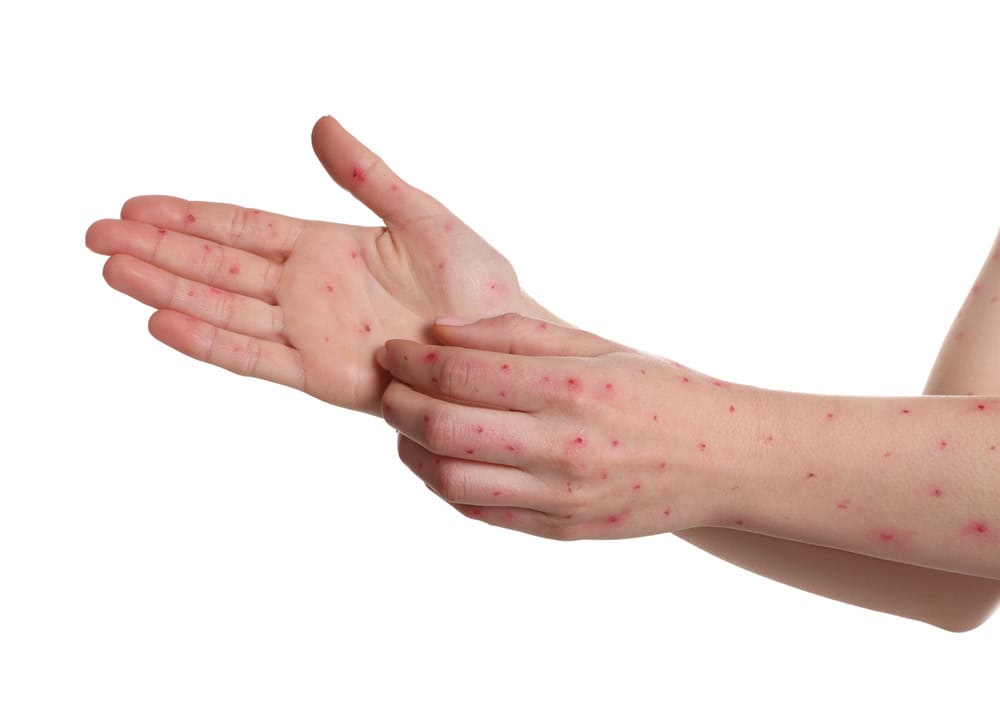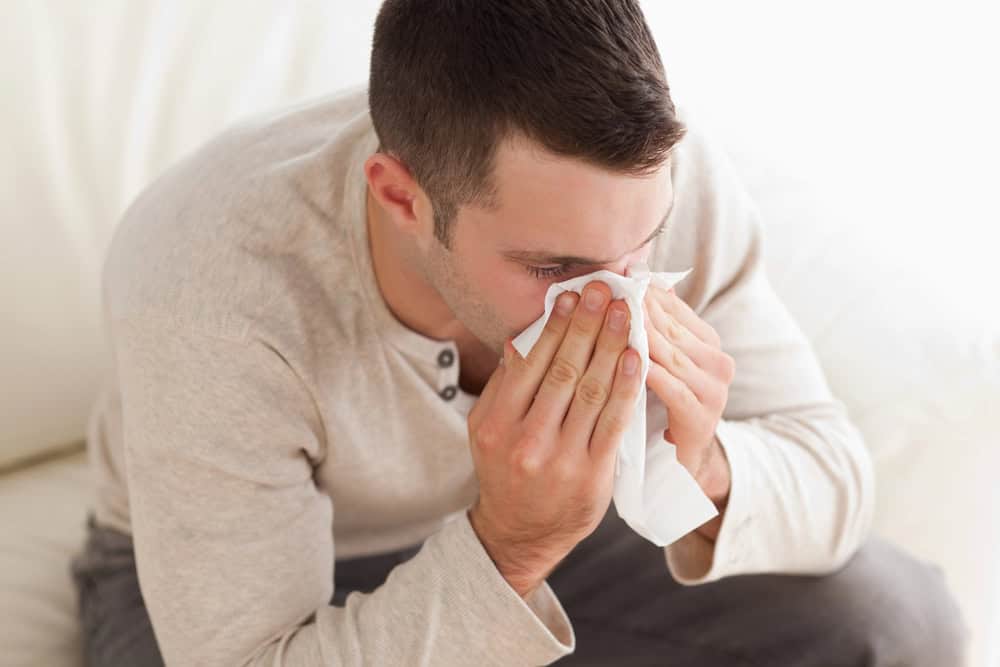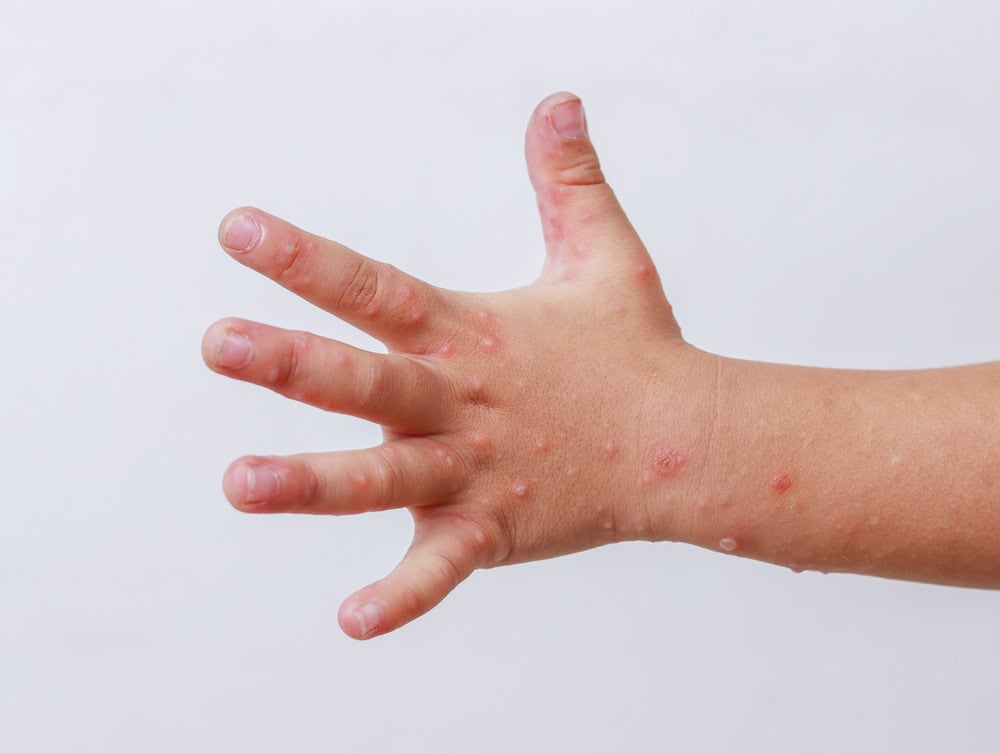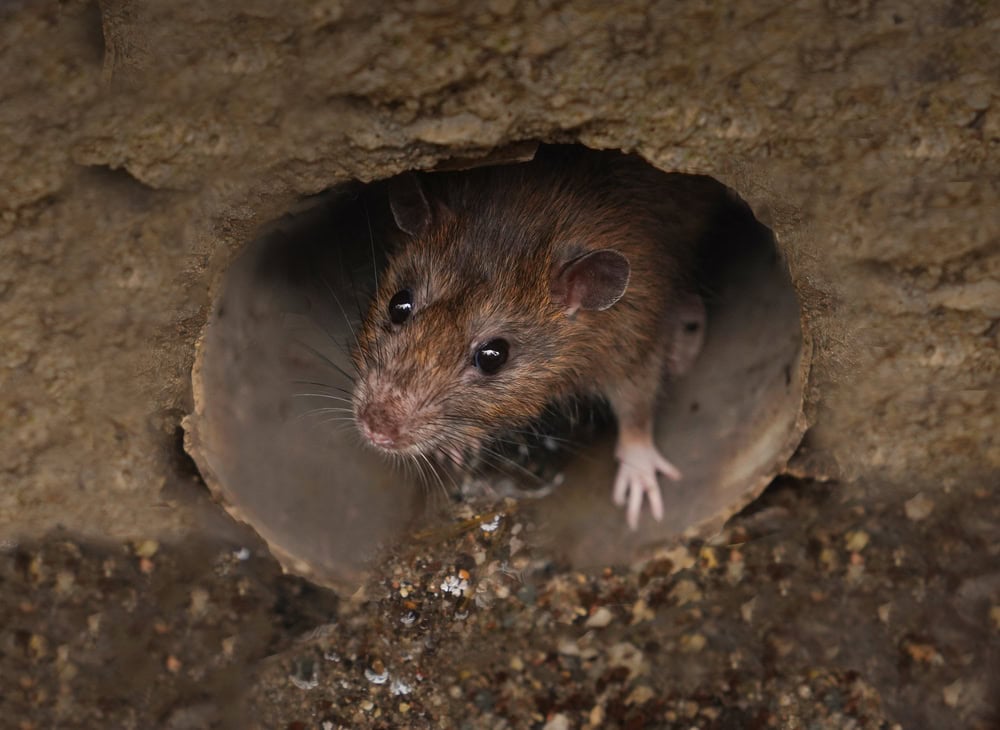In the invisible world of microbes, seemingly innocuous organisms can wield catastrophic power over human health. Yet, through the lens of scientific advancement, we unravel their mysteries to protect ourselves. Here, we explore 13 of the most deadly microbial diseases and how we’ve marshaled knowledge and innovation to combat them.
Smallpox: Eradicated Yet Unforgettable

Smallpox, caused by the variola virus, was one of humanity’s gravest scourges. Affecting millions across centuries, it left survivors with lifelong scars and, in many cases, blindness. Its eradication through a global vaccination campaign in 1980 stands as a monumental achievement in public health and a testament to the power of vaccines.
Influenza: The Ever-Evolving Threat

Influenza, or the flu, is a constantly shifting target due to its ability to mutate quickly. This viral disease has caused several global pandemics, with the 1918 Spanish flu being the most infamous. Annual flu vaccinations remain our primary defense, tailored each year to counter the most prevalent strains.
Tuberculosis: The Ancient Foe

Caused by the bacterium Mycobacterium tuberculosis, TB primarily affects the lungs but can invade almost any organ. This airborne disease remains a formidable adversary, causing over a million deaths annually. Combating TB relies on a regimen of antibiotics, which are becoming less effective due to rising antibiotic resistance.
HIV/AIDS: From Panic to Progress

Initially met with fear and stigma, HIV has transformed into a manageable chronic condition for many, thanks to antiretroviral therapy (ART). While there is no cure, ART dramatically reduces viral load, improving the quality of life and preventing transmission.
Malaria: A Mosquito-Borne Menace

Transmitted by Anopheles mosquitoes, malaria is caused by Plasmodium parasites. Despite being preventable and treatable, it claims hundreds of thousands of lives yearly, predominantly in sub-Saharan Africa. Efforts to reduce its impact include insecticide-treated nets, antimalarial drugs, and a promising new vaccine.
Ebola: The Zaire Strain and Beyond

Ebola’s notoriety stems from its high fatality rate and severe symptoms. The Zaire strain is particularly deadly. Recent outbreaks have been mitigated by experimental vaccines and improved disease detection and response strategies, which help isolate and treat patients more effectively.
Cholera: The Waterborne Bacterium

Vibrio cholerae causes cholera, resulting in severe dehydration and death if untreated. Contaminated water sources are the principal means of transmission. Rehydration therapy saves lives, while improving water sanitation and hygiene are critical preventative measures.
Hepatitis: A Spectrum of Viruses

Viral hepatitis, comprising types A, B, C, D, and E, affects the liver and can lead to cirrhosis or liver cancer. Vaccines are available for hepatitis A and B. For hepatitis C, direct-acting antiviral agents can cure the infection in most cases, especially if caught early.
Dengue: The Tropical Threat

Dengue fever, spread by Aedes mosquitoes, causes flu-like symptoms and, in severe cases, can progress to dengue hemorrhagic fever. With no specific treatment, management focuses on supportive care. The introduction of a dengue vaccine offers hope for effective prevention in high-risk areas.
Yellow Fever: A Vaccine-Preventable Disease

Yellow fever, another mosquito-borne virus, can cause severe illness or death. Fortunately, its spread can be effectively curbed by vaccination. Travelers to endemic areas are advised to get vaccinated, helping to prevent outbreaks.
Measles: A Resurgent Risk

Once on the verge of being eliminated, measles cases have surged due to decreased vaccination rates. Highly contagious, measles can lead to serious complications. The measles-mumps-rubella (MMR) vaccine remains a central tool in fighting this preventable disease.
Rabies: The Preventable Fatality

Though nearly always fatal once symptoms appear, rabies is preventable through vaccination. Immediate post-exposure prophylaxis can avert the onset of symptoms. Continued vaccination of domestic animals and wildlife management are key to reducing human exposure.
Plague: The Black Death’s Legacy

Yersinia pestis, the bacterium responsible for plague, once ravaged populations through the Bubonic Plague. Though rare today, it remains endemic in certain regions. Modern antibiotics can treat the infection if administered promptly.
The battle against these microbial foes continues, driven by the tireless efforts of researchers, healthcare professionals, and public health initiatives. Understanding and leveraging modern science and medicine illuminate a path towards mitigating these deadly diseases, protecting future generations, and extending the hope of a world where the specter of these deadly microbes is significantly diminished.
- Why Polar Bears Cover Their Black Noses While Hunting - August 15, 2025
- How Snakes Became a Central Theme in Chinese Zodiac Legends - August 15, 2025
- Can Animals Predict Earthquakes? The Science Behind the Mystery - August 15, 2025
